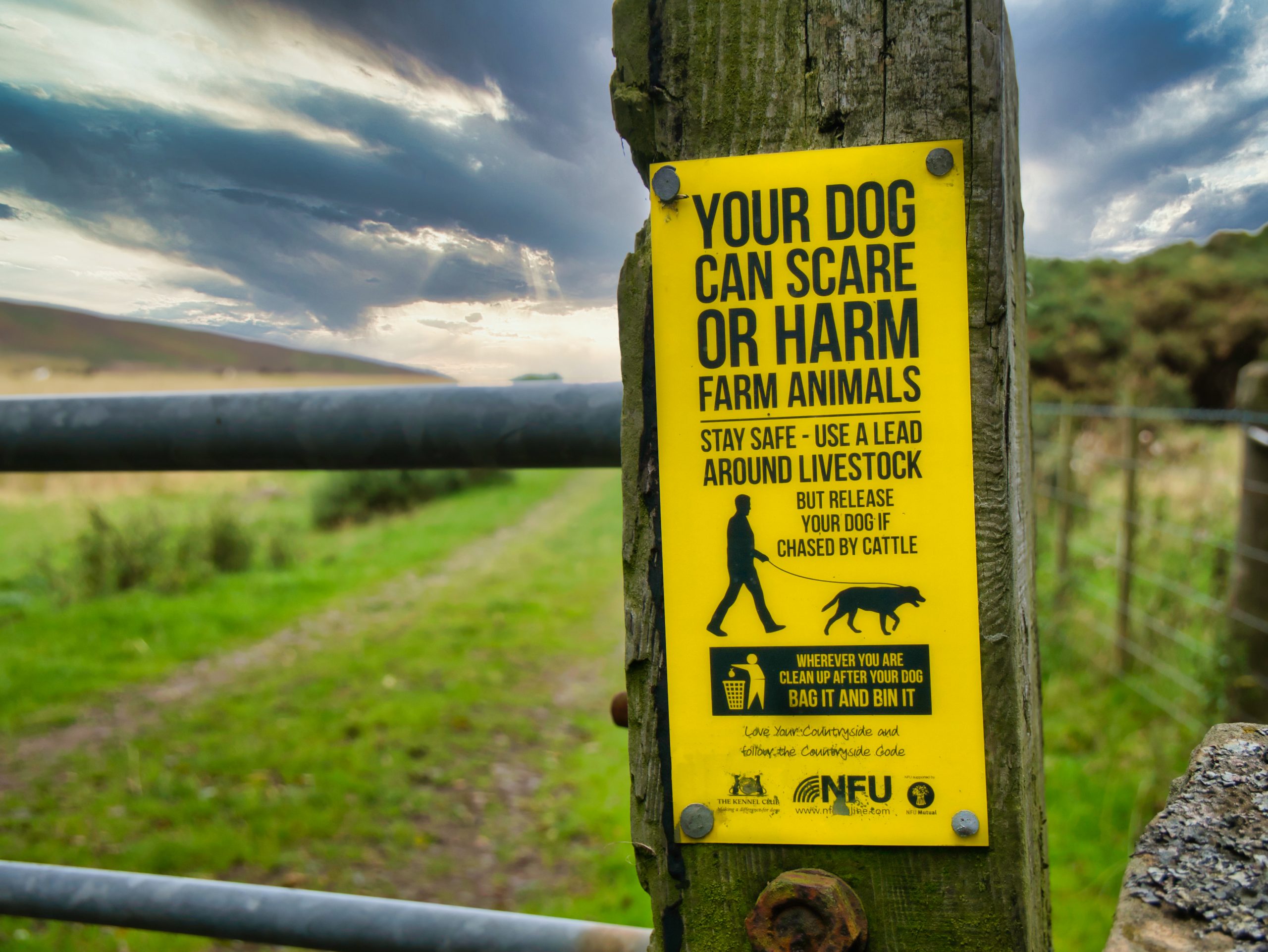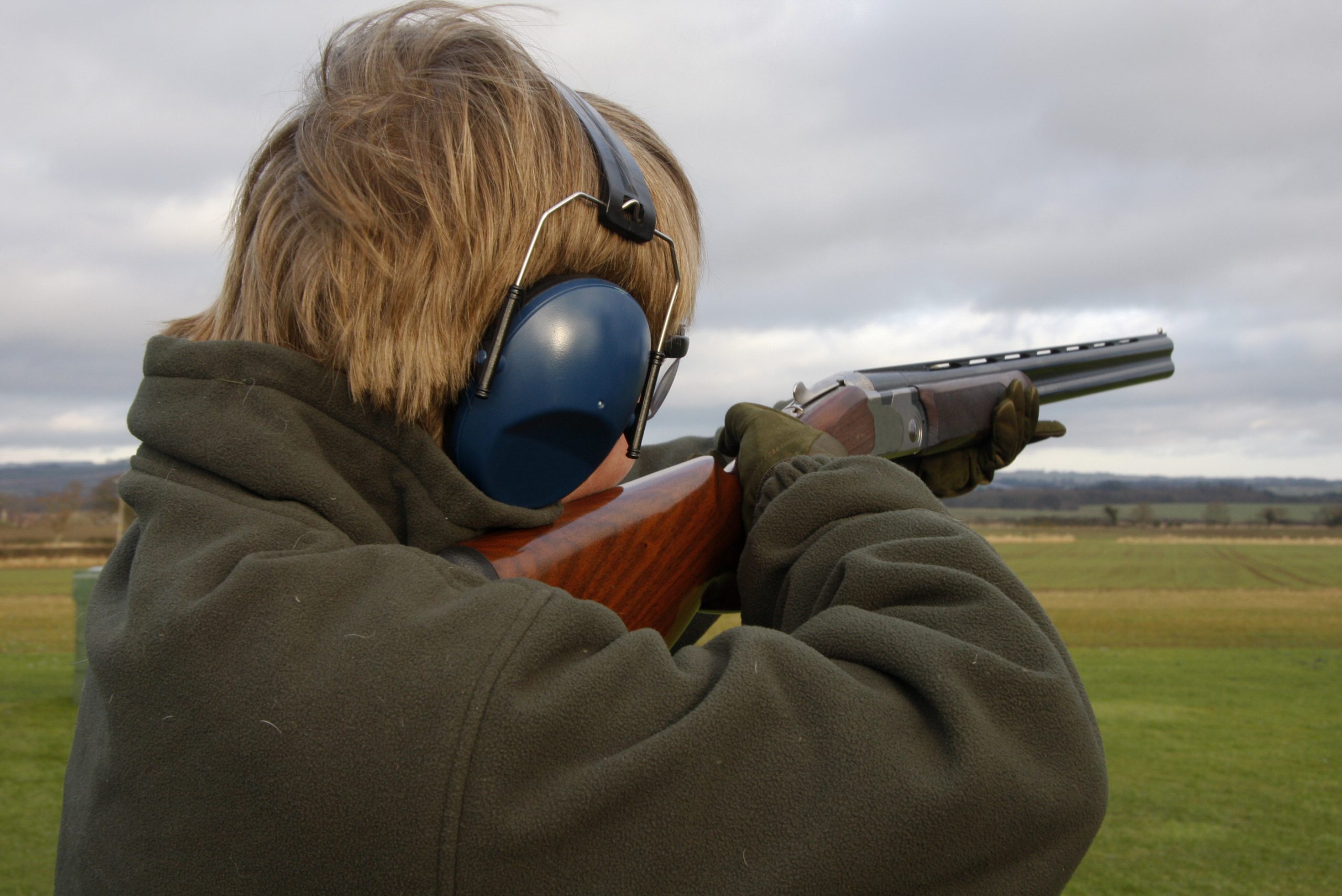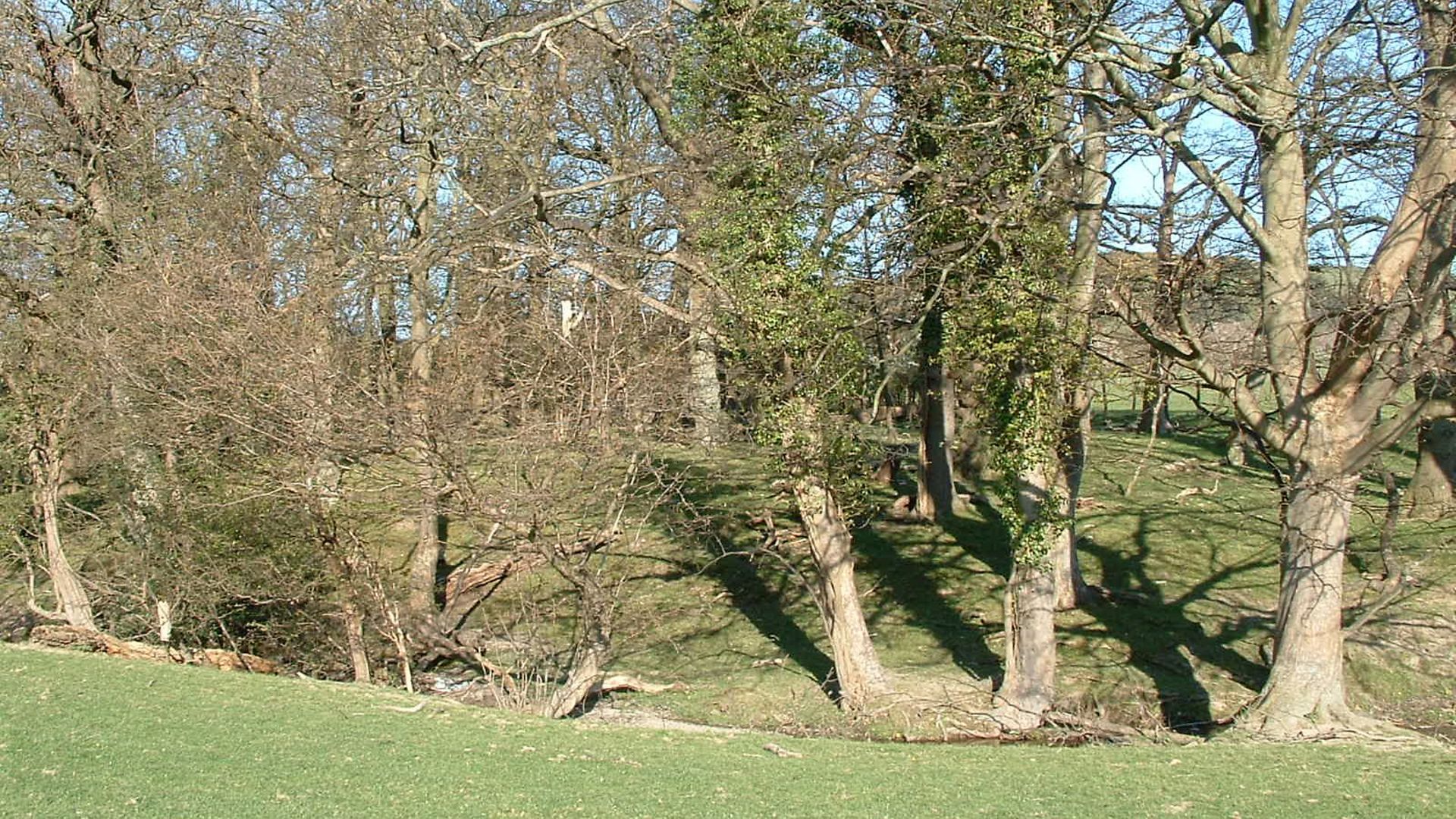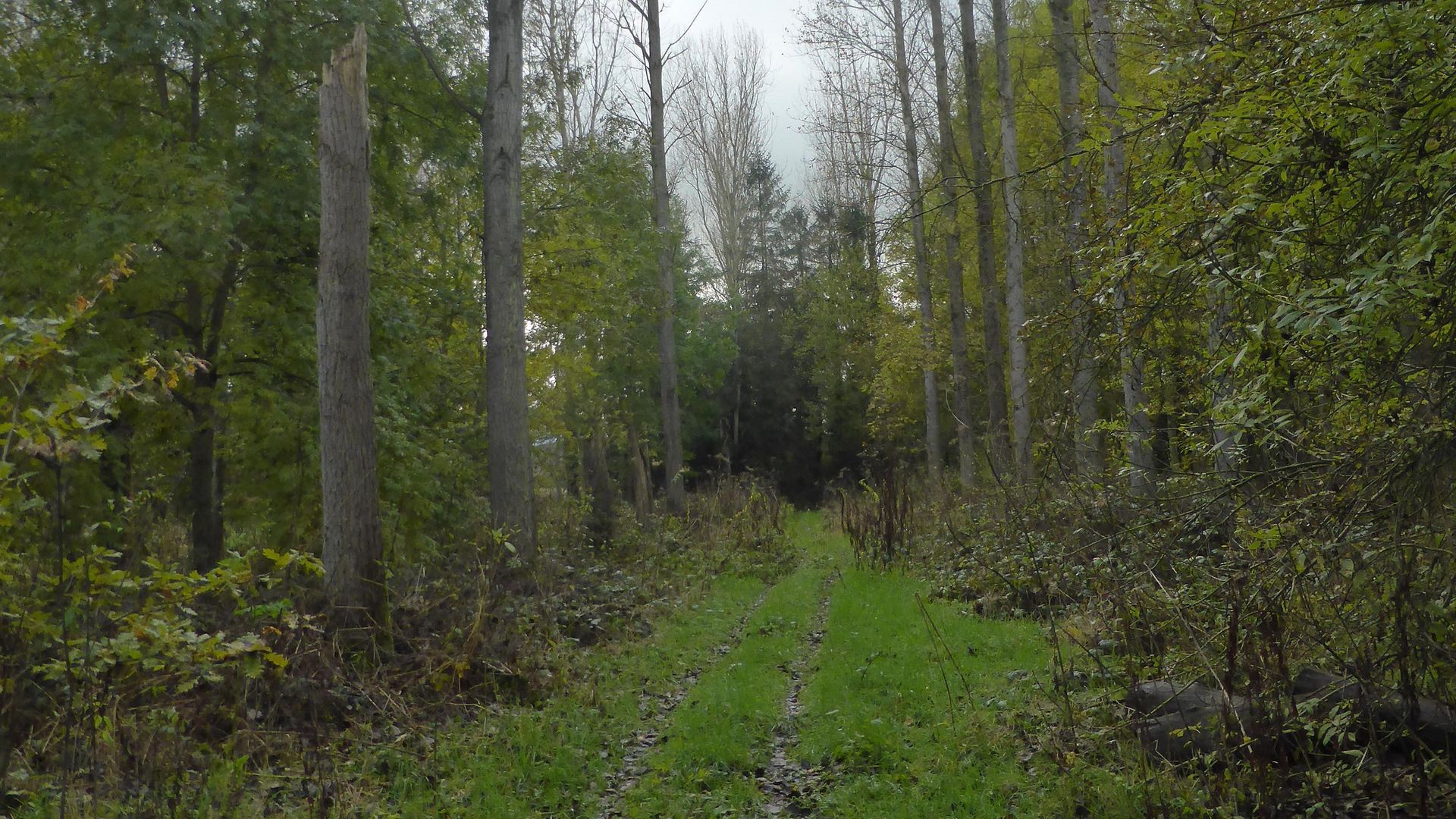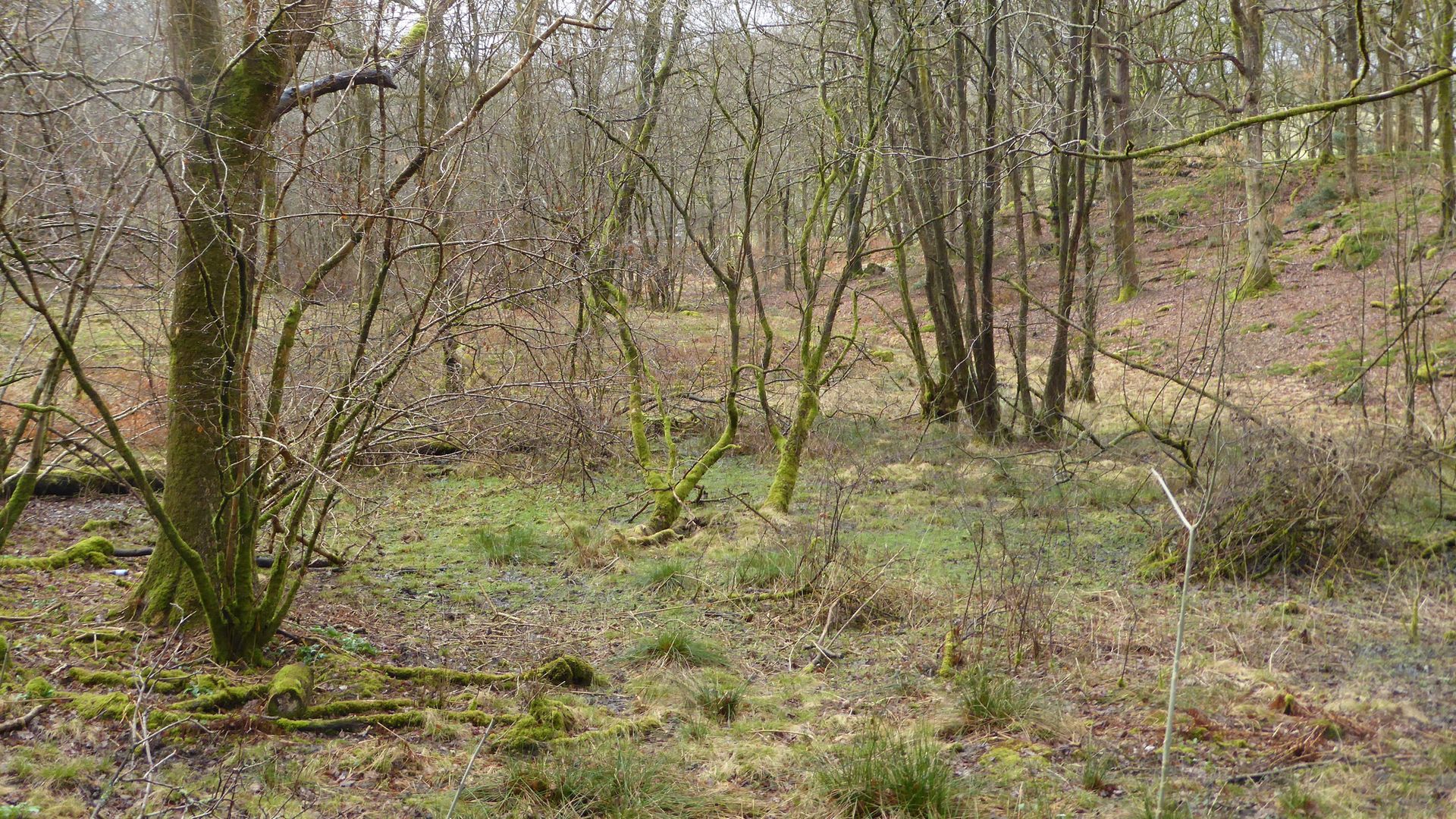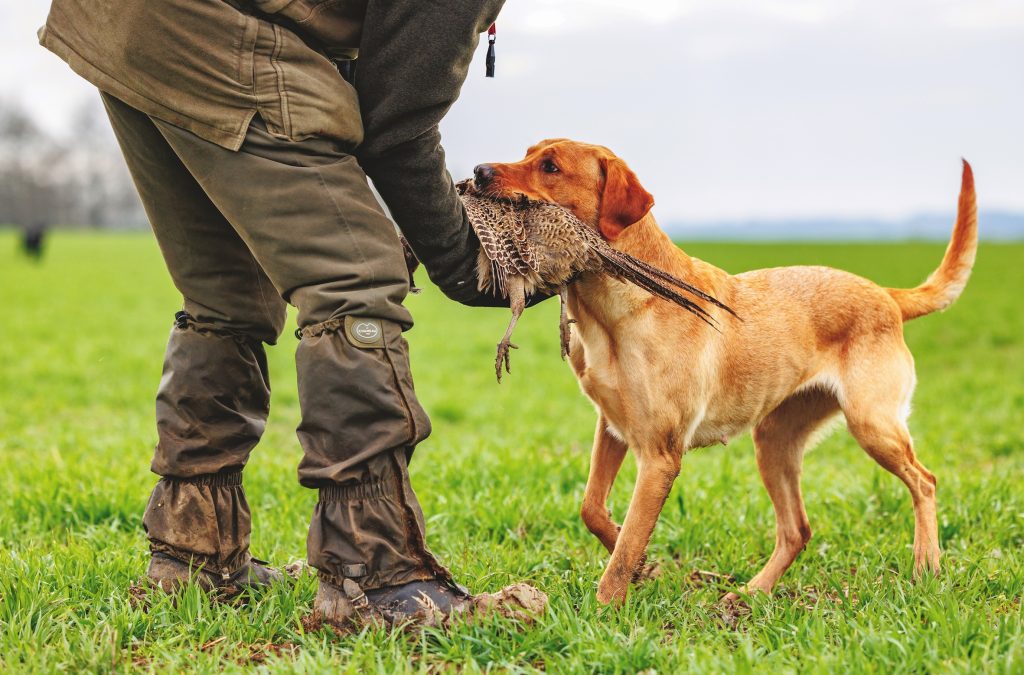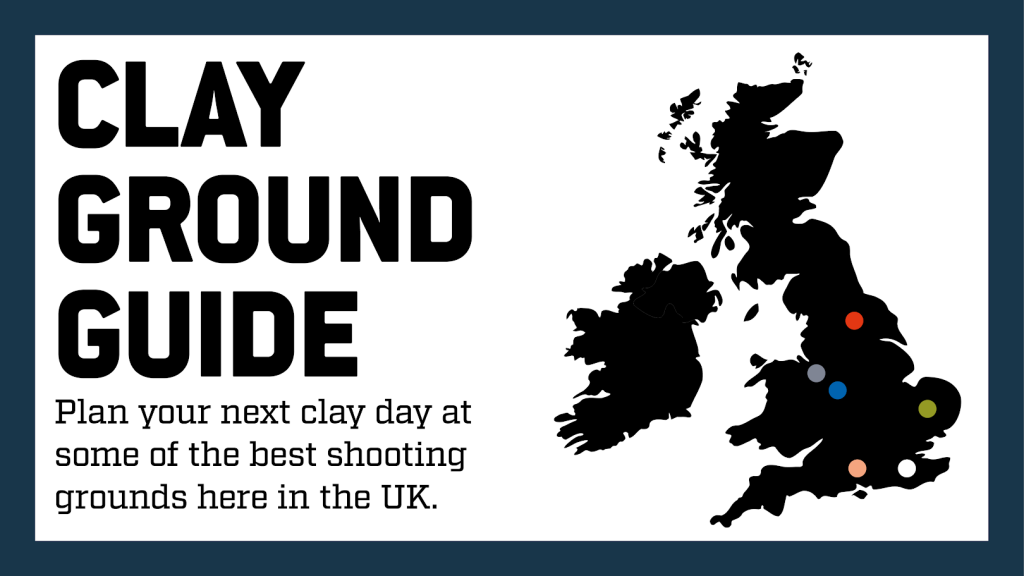How to create a thriving woodland
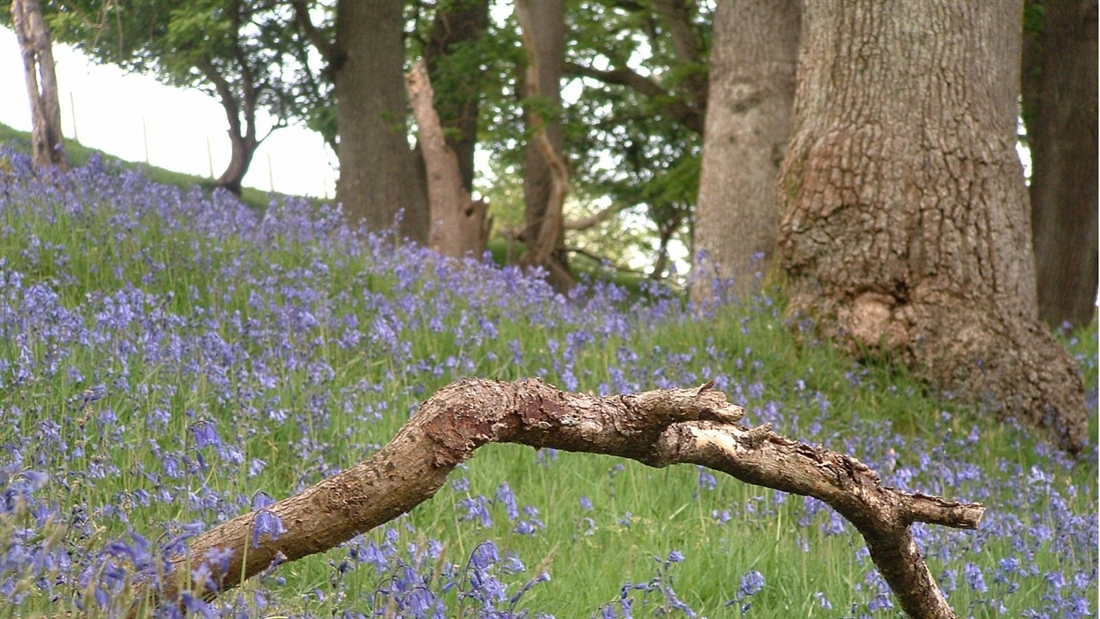
Ecologist Alex Hatton explains how to manage woods big and small on your shoot – to the benefit of all wildlife, not just game birds!
Last month, I concentrated on linear features – linking up our countryside and providing green corridors – the ‘arteries’ of the land. This issue, I am focusing on the woodlands, the ‘organs’ of our countryside, and how we best manage, create and improve them.
Woodlands need management. They are a fantastic resource and provide oxygen, firewood, aesthetics, sound barriers, a place for wildlife and, for us shooters, a place for our quarry. If we do not manage them, they actually become quite boring places and their conservation value decreases.
Management varies massively, as no two woodlands are made equal, and the first step is to assess what you have and decide if it needs improvement. If you are finding game throughout your woodlands, and in good numbers, then why touch it? If game is sparse and mainly around the edges, then it indicates that the woodland could do with opening up a little and there is a lot you can do, whatever the size of your shoot.
Woodland management for the small shoot
For the single shooter on a piece of land with some woodland, a few days with a chainsaw and a brush cutter can make a big difference. When I first started out, I was the sole shooter on a big dairy farm. It had a few woodlands and some further strips breaking up bits of land. It used to hold the odd woodcock and some pheasants. But while the cattle were inside during the winter, the sheep on tack would ravage the woodlands where the hedges were not stock-proof and eat their way through the cover. In the third year, armed with just a chainsaw, some fencing pliers and a hammer, I did something about it.
It was very haphazard, but I managed to salvage some sheep netting from a farm down the road who had recently replaced some fences, and with the chainsaw I made my best attempt at laying a few trees and branches on some of the wider gaps. I made the woodlands stock-proof again.
It worked, and within two years of stock removal, the cover had regenerated and the game birds came back in numbers. I then started to move to bigger things, thinning some of the woods to create more cover within it.
If you are creating small glades, pile up the brash on the forest floor in what are now called ‘habitat piles’. If the main stem is good firewood, then take it with you. I personally like ring-barking a tree. This causes its death above the ring and starts the drying process so you can come back again to harvest the timber. Better still, leave one or two trees to be standing deadwood which is a fantastic resource for wildlife, from nesting birds and roosting bats to a horde of wintering insects.
Not every tree that dies must be harvested. Leaving one or two where they fall creates an area the herbivores struggle to get in to, and so ground cover flourishes.
Woodland management for the medium shoot
My medium management advice is more suited to the syndicate shoots. One of the simplest things to do is create rides through a woodland. They are useful for pest control, as wildlife will use the easiest route through a landscape, for your shoot days to split a drive or stand Guns on, but rides also keep your birds in a wood by providing a food source for them.
They do need careful planning, as you do not want vast open rides that funnel the wind. Aim for them to be 20-30m long before dog-legging them. Ideally, don’t face them into the prevailing wind too much. The edges should be thinned out so you are not just creating a track to walk down, but there is cover either side then some younger shrubs gradually leading to more mature trees. You want the light to be able to reach the woodland floor so you have a different structure to the sides.
Put bird boxes up on the edges as you go to provide extra habitat, and vary the access hole size from 29mm to 32mm to provide for a range of all our bird species.
If you have a large woodland, consider coppicing up to 1ha areas. It’s a much-forgotten management tool. You need to leave your coppice stools a little off the floor and sloped to one side so they don’t puddle water and rot the tree. By doing a hectare or two every few years, you are opening up a lot of the woodland and harvesting valuable timber. When you come back to your previously harvested blocks, you will get a good return on your efforts as the regrowth is quick in comparison to longer harvesting procedures.
As previously discussed, birds like the woodland edges for the light it lets in and the food resources that thrive there. Scalloped edges work really well and the idea is simple; you cut back a swathe of woodland on the edge in a semi-circle shape so that the new edge of the woodland is getting a variety of sun angles. Insects particularly like scalloped edges as they are a much warmer place and in turn will bring in your quarry.
Woodland management for the large shoot
Woodland creation is important, and the shooter benefits massively from it. A new woodland does not need to be hundreds of acres to be valuable. A rough corner of a field, extending a woodland by a few acres or even just a few metres, or planting up areas that have succumbed to disease, can be just as valuable. Thought does need to go in to the species that will thrive on a piece of ground, but you just need to look at the species in your existing hedgerows and woodlands to get an idea of what will work.
There are lots of grants out there for such things, as well as specialist advice available from bodies such as the Forestry Commission. Have an idea about where you want to place it and decide on its future use in relation to your shoot. For instance, consider where pens may go, where tracks should be, and how to utilise wetter areas. Alder is a quick-growing tree on wetter areas, and coupled with some well-placed ponds and scrapes can provide you with quarry and firewood for years to come.
Shooting in the UK continues to come under fire, and we all need to promote the good work we do. Before you embark on any work, take photos from fixed points, maybe even mark it. Take a note of the hours you have spent doing it, and multiply this by the people helping. Also, note the cost of materials. Then go and see your MP and tell them what you are doing about shooting and its positive value. All too often, shooters are portrayed as people who only take from the countryside and give nothing back. Your projects, however small, are all important, and should be brought to the attention of decision makers. That has to start at the local level.

